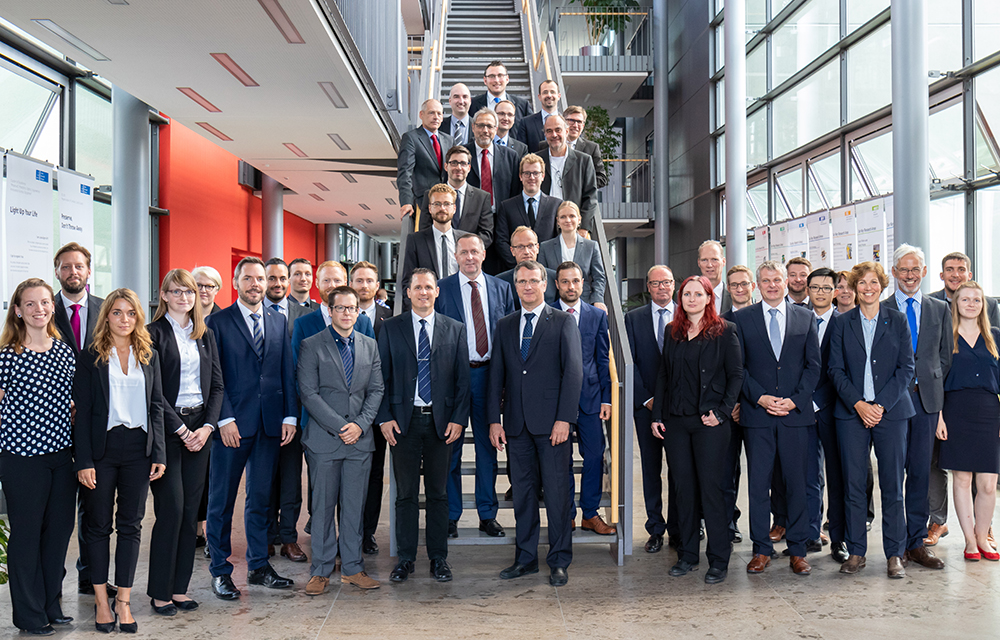The presence of oxygen produces oxide layers on metal surfaces, making welding, soldering and additive manufacturing more difficult. So far, oxidation cannot be overcome yet. Technically feasible vacuums contain still too many oxygen atoms. The same applies to argon-modified atmosphere, for example, used in welding processes.
In order to realise production engineering processes without the presence of oxygen, the researchers of the CRC will add a small amount of silane to the argon. "Silane, i.e. SiH4, is highly effective", explains Dr Sebastian Herbst, future head of the CRC. "Silicon reacts with the surrounding oxygen, producing silicon dioxide and water. In this way, we create an oxygen-free environment that corresponds to the conditions in interstellar space."
The team of the Collaborative Research Centre 1368 comprises about 40 researchers from Hannover and Clausthal and is led by the Institute of Materials Science (IW) at the Hannover Centre for Production Technology (PZH). Over the next four years, the collaborative research centre will be funded by the German Research Foundation with around 9.5 million euros.
